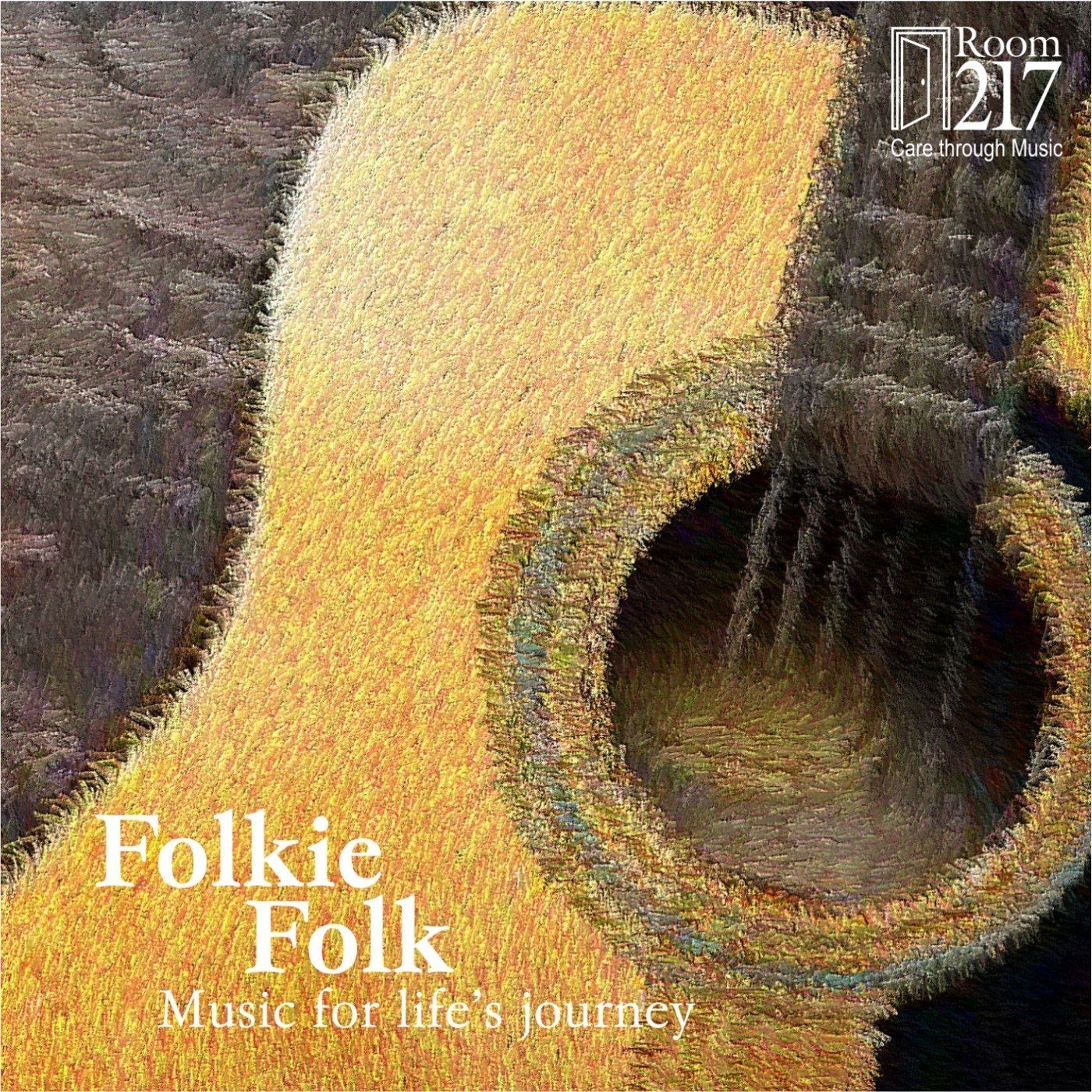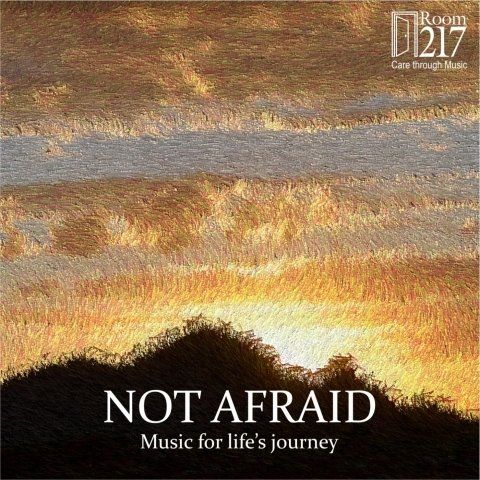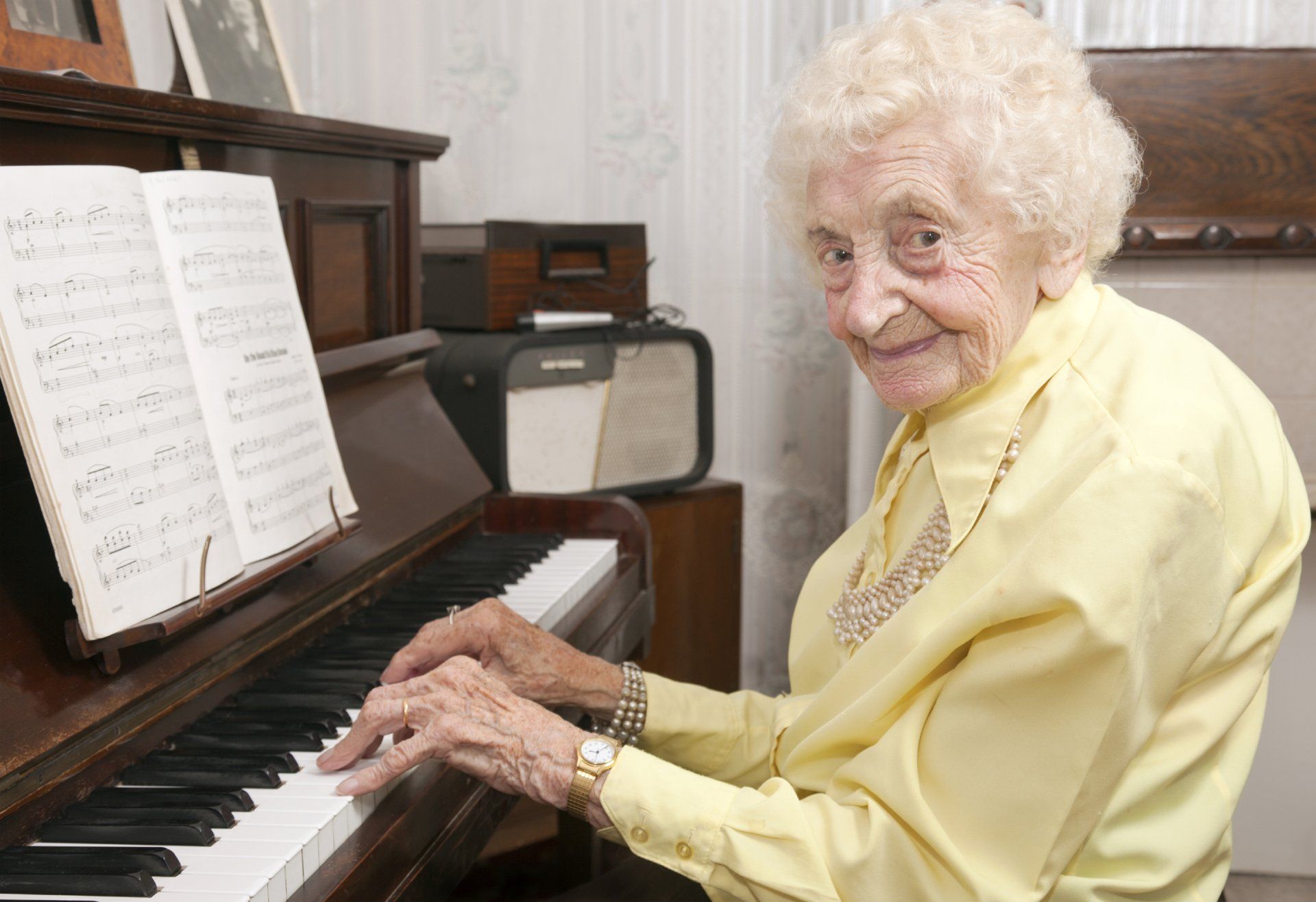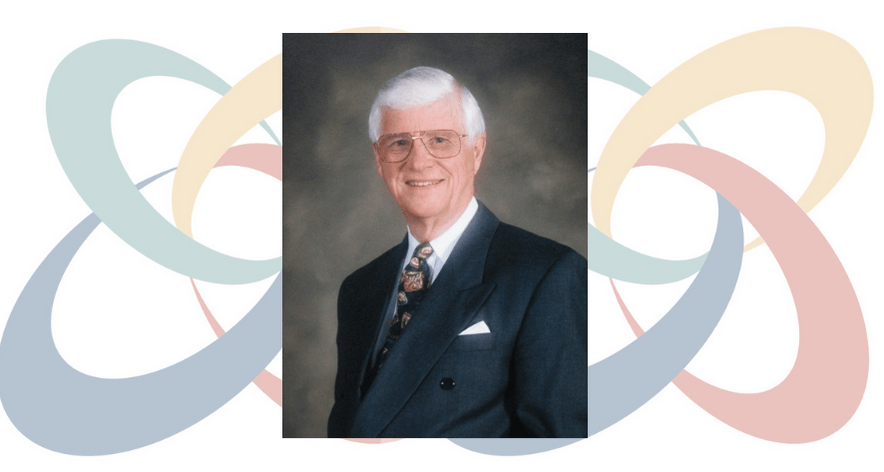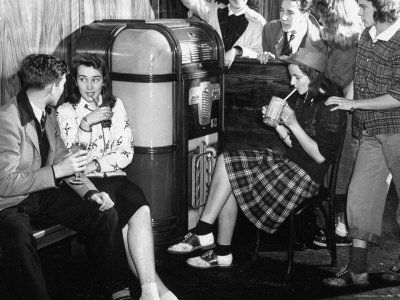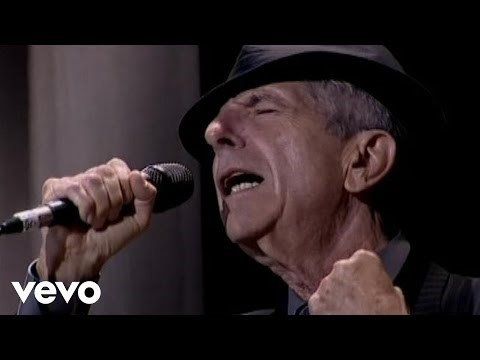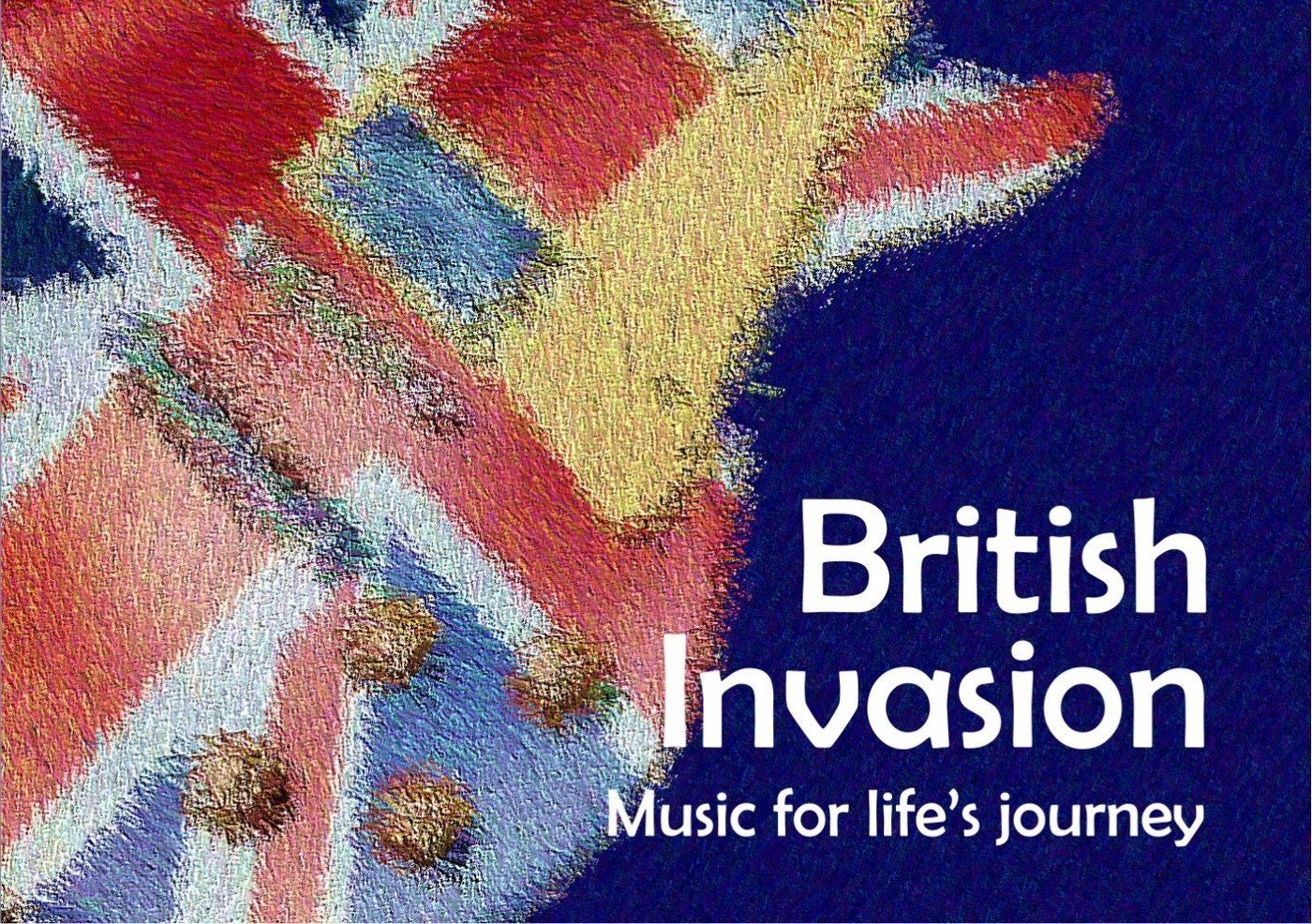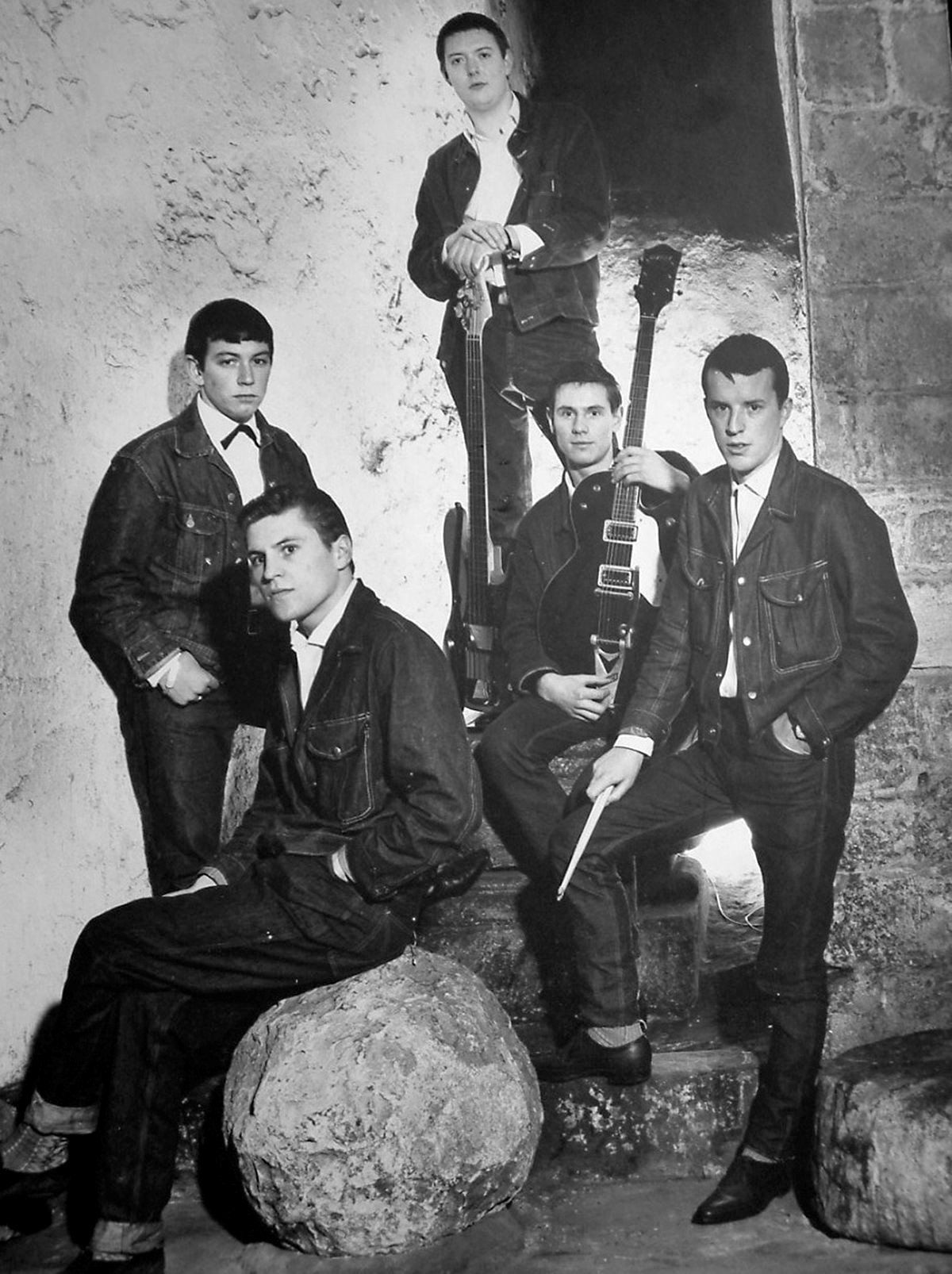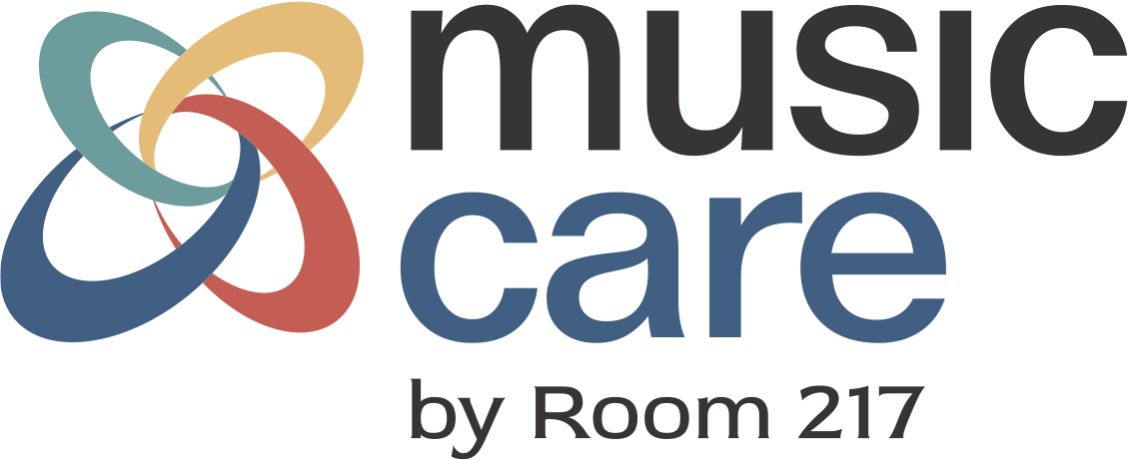I Just Wish Someone Would Dance With Me
The impact of COVID in care settings, specifically Long-Term Care, has been monumental with social programming being set aside for safety protocols and PPE. Although the movement to a more medical model of care makes sense from a safety lens, we are now realizing the devastating effect this has had on residents as they express helplessness, loneliness, isolation, and boredom.
In December 2021, Patient Ombudsman, Craig Thompson, was interviewed about the recent report entitled “Honouring Voices and Experiences, Long-Term Care Home Survey” where he suggests hiring more Recreation Therapists to offset the impact of restrictions. Elaine, an 85-year-old woman with dementia was quoted as saying ‘I just wish someone would dance with me.’ She acknowledges that her physical needs were taken care of as she was clothed and fed, but her greatest desire was for someone to stop and dance with her.
The music care approach has been taught for over 16 years by Room 217. Our Level 2 Music Care Training talks about the 5 human domains being spiritual, cognitive, emotional, physical, and biological and how music works to meet needs in all areas. Recreation Therapists are trained to understand mental, physical, psychological, social, and spiritual domains of residents and develop programs providing care based on the needs of residents. When music is used by Recreation Therapists, the outcome is better quality of life for all, staff included.
Our upcoming Masterclass is open to anyone with Level 2 or 3 Music Care Training, and all LEARN and CERTIFY members. On August 18th, we will be hosting a Dance Therapist and Teacher, Katherine Mandolidis of Ballet Edmonton who will walk us through a series of music and movement that can be added as an everyday wellness routine or break. Join us for music, movement and conversation and let’s bring some light back into the lives of those that need the music most.
In the meantime, let’s all seek inspiration from the viral video of Marta Cinta Gonzalez, a former ballet dancer living with Alzheimer’s, come to life when she hears the music of Swan Lake. Watch video
Link to report noted in blog:
https://www.trontario.org/files/Advocacy/TRO-LTC-Commission-Submission-Nov-2020.pdf


